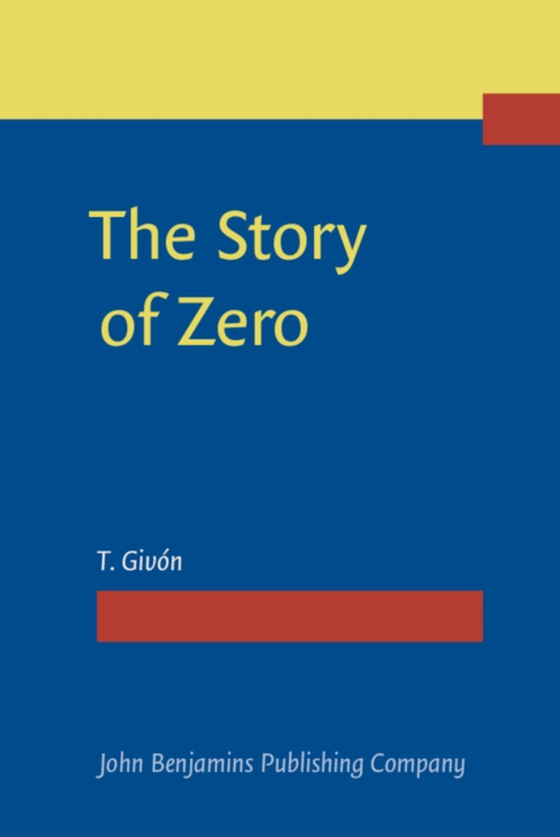
Story of Zero e-bog
802,25 DKK
(inkl. moms 1002,81 DKK)
The zero coding of referents or other clausal constituents is one of the most natural, communicatively and cognitively-transparent grammatical devices in human language. Together with its functional equivalent, obligatory pronominal agreement, zero is both extremely widespread cross-linguistically and highly frequent in natural text. In the domain of reference, zero represents, somewhat paradox...
E-bog
802,25 DKK
Udgivet
19 januar 2017
Længde
430 sider
Genrer
Grammar, syntax and morphology
Sprog
English
Format
pdf
Beskyttelse
LCP
ISBN
9789027266460
The zero coding of referents or other clausal constituents is one of the most natural, communicatively and cognitively-transparent grammatical devices in human language. Together with its functional equivalent, obligatory pronominal agreement, zero is both extremely widespread cross-linguistically and highly frequent in natural text. In the domain of reference, zero represents, somewhat paradoxically, either anaphorically-governed high continuity or cataphorically-governed low topicality. And whether in conjoined/chained or syntactically-subordinate clauses, zero is extremely well-governed, at a level approaching 100% in natural text. The naturalness, cross-language ubiquity and well-governedness of zero have been largely obscured by an approach that, for 30-odd years, has considered it a typological exotica, the so-called "e;pro-drop"e; associated with a dubious "e;non-configurational"e; language type. The main aim of this book is to reaffirm the naturalness, universality and well-governedness of zero by studying it from four closely related perspectives: (i) cognitive and communicative function; (ii) natural-text distribution; (iii) cross-language typological distribution; and (iv) the diachronic rise of referent coding devices. The latter is particularly central to our understanding the functional interplay between zero anaphora, pronominal agreement and related referent-coding devices.
 Dansk
Dansk

